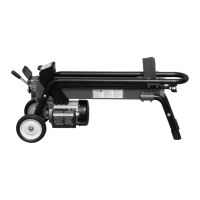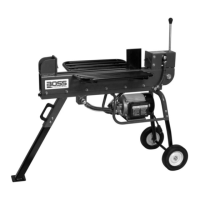What to do if my Boss Industrial ES7T20 Log Splitter motor fails to start?
- MMichelle LopezJul 26, 2025
If the motor fails to start, it might be due to the Overload Protection Device being disengaged to protect the log splitter from damage. To resolve this, switch off the motor, unplug the power cable, and allow the motor to cool down for half an hour before restarting. If the problem persists after these steps, no answer.


